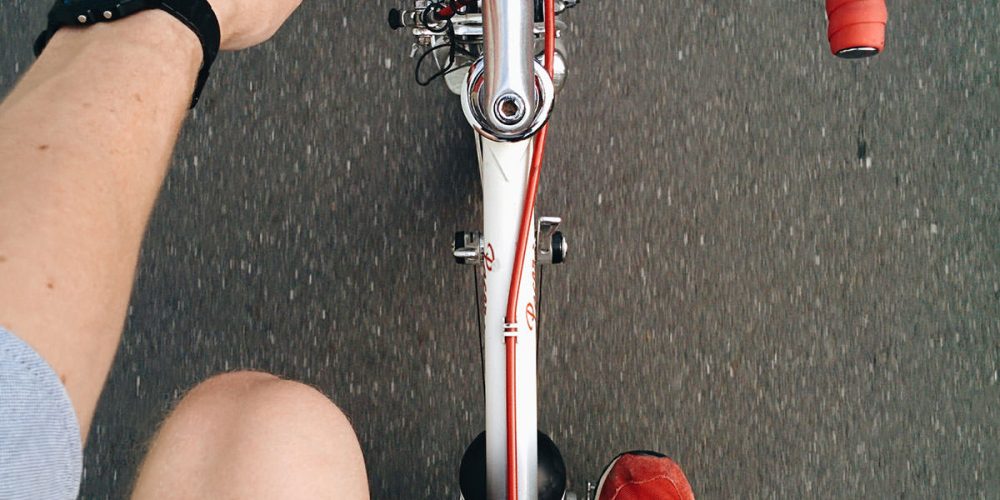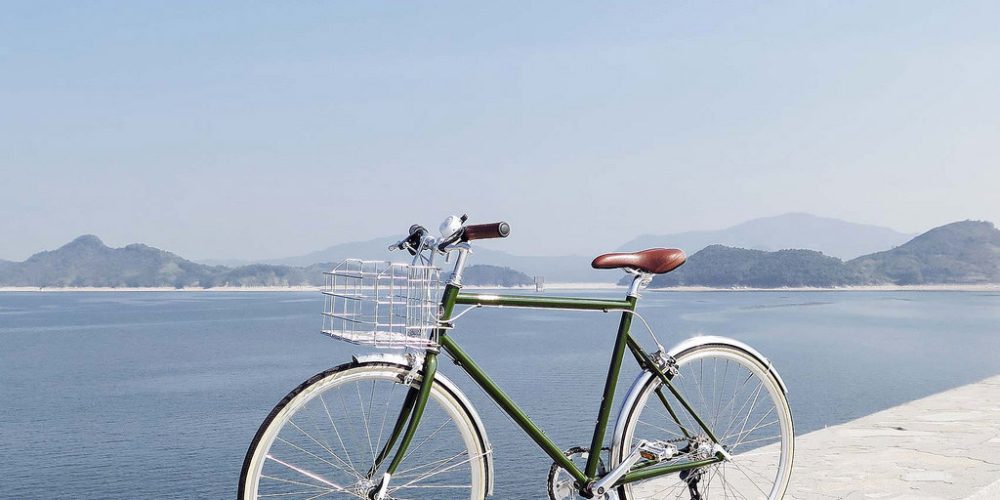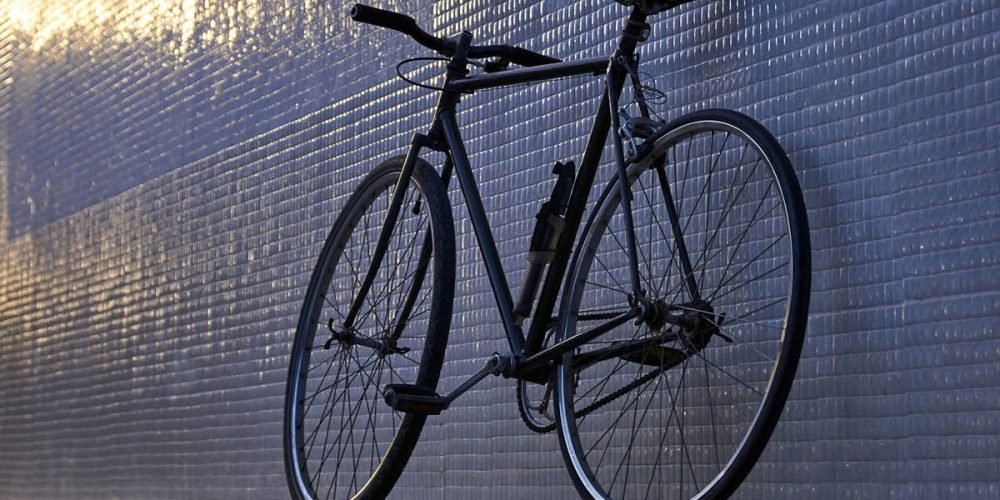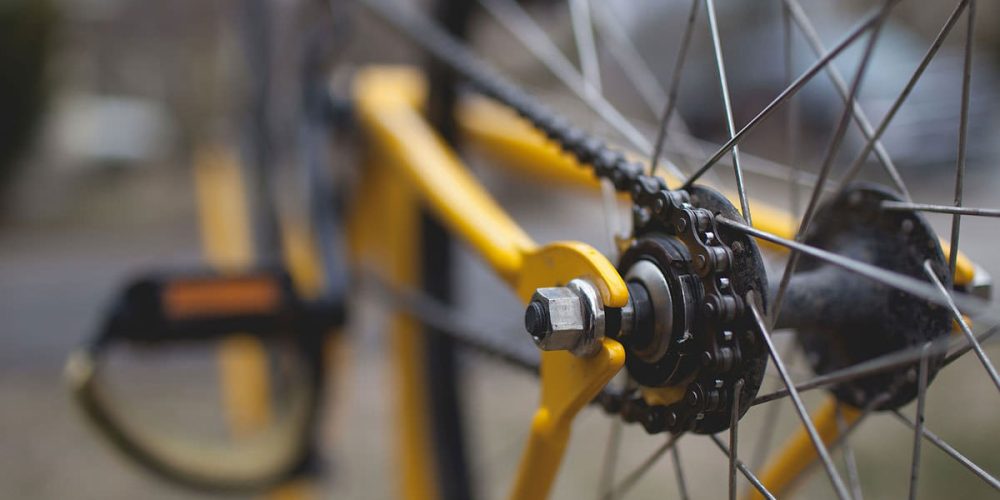- About me
- About us
- Best Selling Products
- Blog Fullwidth
- Blog Grid
- Blog Masonry
- Blog Medium
- Blog Wide
- Booking
- Cart
- Cart
- Checkout
- Checkout
- Contact us
- Default page
- Ecwid Store
- Elements
- FAQ
- Featured Products
- Fullwidth Category
- Homepage 1
- Homepage 2
- Homepage 3
- Icons
- My account
- My Account
- Order Tracking
- Popular Products
- Pricing Table
- Product categories layout test
- Product Detail 1
- Product Detail 2
- Product Extra Option
- Product Extra Option
- Products by ID
- Products by Sku
- Recent Products
- Sale Products
- Sample Page
- Shop
- Shop
- Shop grid
- Shop Grid Left Sidebar
- Shop Grid Right Sidebar
- Shop list
- Shop List Left Sidebar
- Shop List Right Sidebar
- Store
- Test Drive
- Typography
- Under Construction
- Wishlist
To bike or not to bike
An overview on bicycles
2
1433
An overview on bicycles
2
3393
Around New York by bike!
2
1116
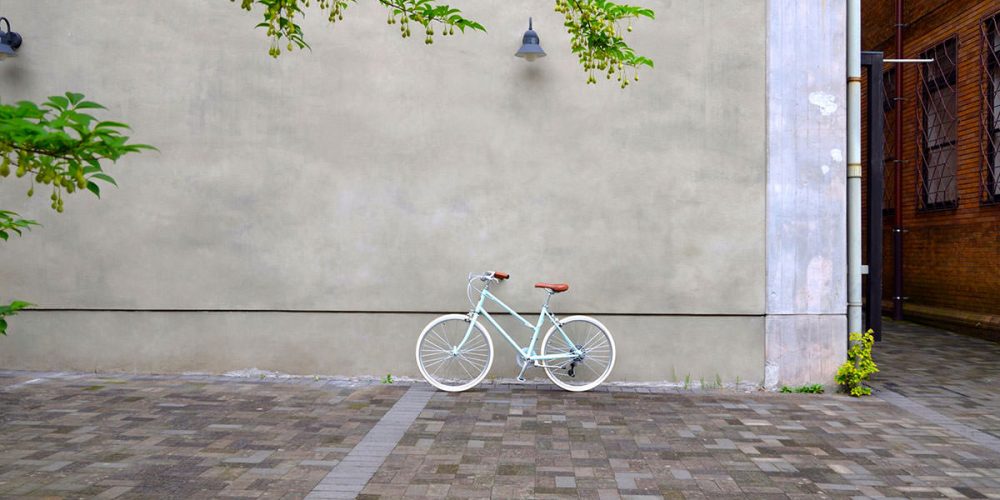
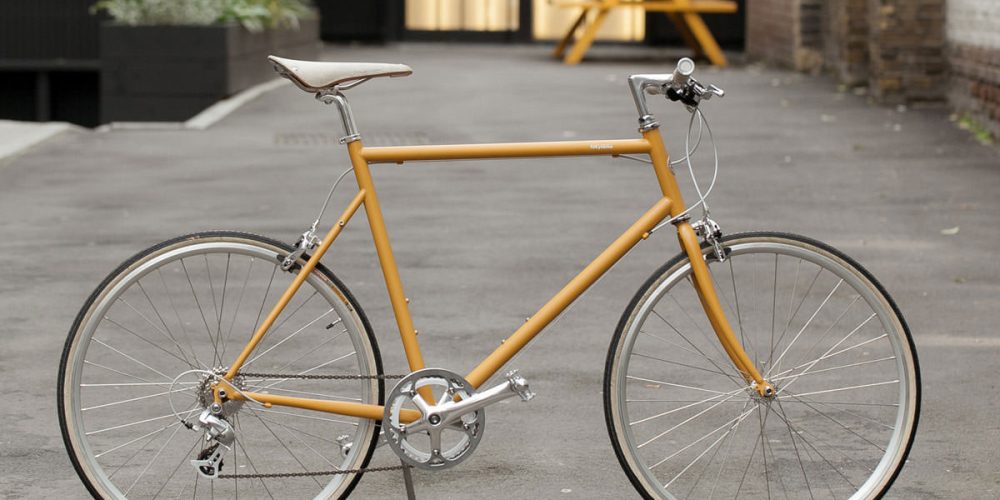
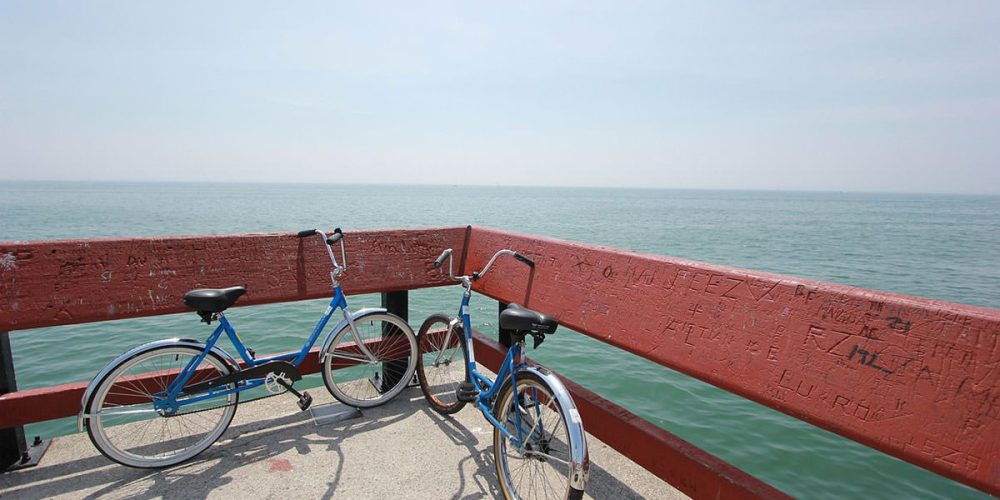
How do bicycles operate?
2
1987
Mechanical efficiency
From a mechanical viewpoint, up to 99% of the energy delivered by the rider into the pedals is transmitted to the wheels (clean, lubricated new chain at 400W), although the use of gearing mechanisms reduces this by 1-7% (clean, well-lubricated derailleurs), 4-12% (chain with 3-speed hubs), or 10-20% (shaft drive with 3-speed hubs). The higher efficiencies in each range are achieved at higher power levels and in direct drive (hub gears) or with large driven cogs (derailleurs).Energy efficiency
A human being traveling on a bicycle at 16–24 km/h (10–15 mph), using only the power required to walk, is the most energy-efficient means of human transport generally available. Air drag, which increases with the square of speed, requires increasingly higher power outputs relative to speed, power increasing with the cube of speed as power equals force times velocity. A bicycle in which the rider lies in a supine position is referred to as a recumbent bicycle or, if covered in an aerodynamic fairing to achieve very low air drag, as a streamliner. On firm, flat ground, a 70 kg (150 lb) person requires about 60 watts to walk at 5 km/h (3.1 mph). That same person on a bicycle, on the same ground, with the same power output, can travel at 15 km/h (9.3 mph) using an ordinary bicycle, so in these conditions the energy expenditure of cycling is one-third of walking.Typical speeds
In utility cycling there is a large variation; an elderly person on an upright roadster might do less than 10 km/h (6.2 mph) while a fitter or younger person could easily do twice that on the same bicycle. For cyclists in Copenhagen, the average cycling speed is 15.5 km/h (9.6 mph). On a racing bicycle, a reasonably fit rider can ride at 40 km/h (25 mph) on flat ground for short periodsReduction of weight and rotating mass
There has been major corporate competition to lower the weight of racing bikes in order to be faster uphill and accelerating. The UCI sets a limit of 6.8 kg on the minimum weight of bicycles to be used in sanctioned racesNever been so free
Never been so free
2
1123
A brief history of bicycling
2
1910
- 1870s—High-wheeled bicycle: One of the first models to be called a ‘bicycle’ (after its two wheels). The high wheel allowed the rider to travel farther with a single rotation of the pedals. Moreover, a metal frame and rubber tires provided a more comfortable ride than the boneshaker.
- 1885—Rover Safety bicycle: Invented by John Kemp Starely, England; Featured a strong enough metal to make a chain, plus it had two same-sized wheels and a similar frame to today’s bicycles.
- 1888—Pnuematic tires: Invented by John Boyd Dunlop, Ireland; Develops air-filled tires that provide a smoother ride than the previously used hard-rubber tires.
- 1920s—Kid’s bicycles become popular.
- 1940s—Built-in kickstands developed.
- 1960s—Racing bicycles become popular and feature dropped handlebars, narrow tires, numerous speeds and a lighter frame.
- 1980—Spurred by mountain biking and extreme sports, mountain bicycles become a popular consumer item and feature sturdier frames, larger wheels and flat handlebars.
- 1996—Mountain bicycles appear in the Olympics.
Your bikes need love too!
2
1199
Pump It Up
Probably, the number one reason bikes fall apart is because people ignore the tires. Here’s what happens: Bicycle tires have very little air in them. And bicycle tubes, which are made of butyl rubber, are porous enough to allow air to seep out. The result is tires softening over a period of about a week for road bikes and about a month for mountain bikes (though it depends some on tire size). When the tires get soft, bad things happen. Some folks decide to stop riding the bike because they think they have flat tires and they put off getting the flat fixed because it means loading the bike in the car and dragging it down to the bike shop.Lube It or Lose It
A bicycle is made up of a bunch of moving metal parts, many of which are meshing with each other. In order to keep these parts from grinding each other to dust as you pedal merrily along, they should be lubricated. Spinning parts containing bearings, such as the wheels, pedals, bottom bracket (what the crankset is mounted to), and headset (the mechanism that connects the fork to the frame and allows steering), come from the manufacturer packed with grease. About once a year, these components should be dismantled, checked and regreased. But, because special tools are needed and the work is required only occasionally, you may prefer to leave this job to a bike shop mechanic.Keep It Clean
Mountain bikers, especially those who ride in the mud, should keep a cleaning kit in the corner of the garage ready for use at ride’s end. All that’s needed is a bucket with some sponges and dishwashing detergent and a nearby hose. When you return from a ride, prop the bike up and spray off the majority of the mud and muck with the hose. It’s crucial to not blast the water sideways at the bike. Doing so may force the water into the pedals, hubs and bottom bracket, which may compromise the grease and bearings inside these components. Instead, spray water only from above and don’t ever direct it toward greased parts.Store It
I tell everyone to store bike(s) inside. It’s the best way to keep them running and looking like new. And it doesn’t take much in the way of space or supplies. The only item needed is a bike hook. These are shaped like question marks and coated with vinyl so as not to scratch the wheel when you hang the bike on the hook. Install the hook in a stud in a wall or a rafter or beam; anywhere where the bike can hang vertically is fine. I’ve seen bikes stored in stairwells, bathrooms, bedrooms—anyplace you can find dead space is fine. It’s also possible to use two hooks and hang the bike horizontally, one wheel on either hook.Choosing your equipments
2
1015




